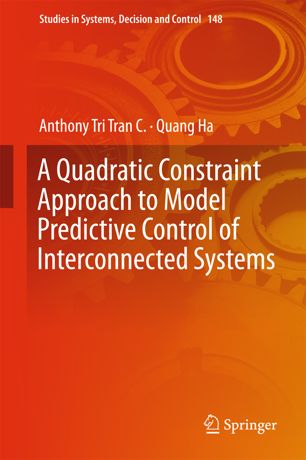

Most ebook files are in PDF format, so you can easily read them using various software such as Foxit Reader or directly on the Google Chrome browser.
Some ebook files are released by publishers in other formats such as .awz, .mobi, .epub, .fb2, etc. You may need to install specific software to read these formats on mobile/PC, such as Calibre.
Please read the tutorial at this link: https://ebookbell.com/faq
We offer FREE conversion to the popular formats you request; however, this may take some time. Therefore, right after payment, please email us, and we will try to provide the service as quickly as possible.
For some exceptional file formats or broken links (if any), please refrain from opening any disputes. Instead, email us first, and we will try to assist within a maximum of 6 hours.
EbookBell Team

4.4
22 reviewsThis book focuses on the stabilization and model predictive control of interconnected systems with mixed connection configurations. It introduces the concept of dissipation-based quadratic constraint for developing attractivity assurance methods for interconnected systems. In order to develop these methods, distributed and decentralized architectures are employed, whereby the communication between subsystems is fully connected, partially connected, or completely disconnected. Given that the control inputs are entirely or partially decoupled between subsystems and no additional constraints are imposed on the interactive variables beyond the coupling constraint itself, the proposed approaches can be used with various types of systems and applications. Further, the book describes how the effects of coupling delays and data losses in device networks are resolved. From a practical perspective, the innovations presented are of benefit in applications in a broad range of fields, including the process and manufacturing industries, networked robotics, and network-centric systems such as chemical process systems, power systems, telecommunication networks, transportation networks, and, no less importantly, supply chain automation.